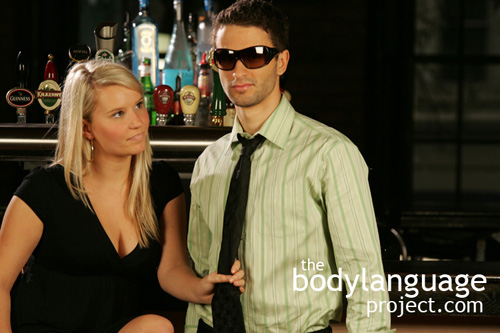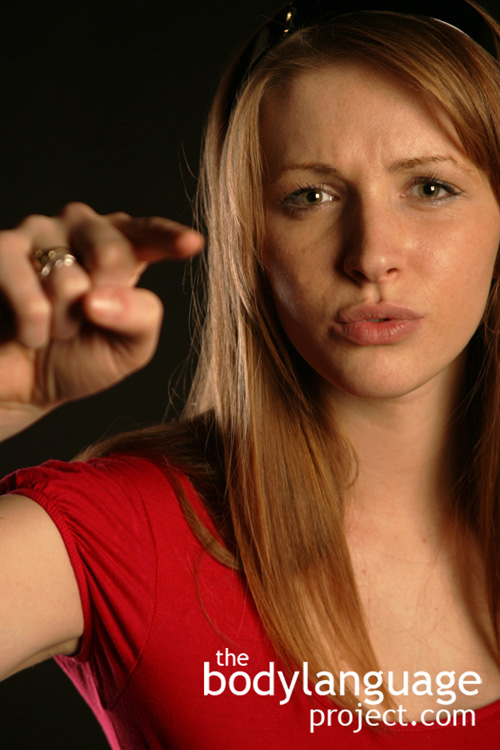Clothing is very potent and gives off all sorts of vital information about its wearer and is a language onto itself. Before we even speak with one another, our clothing creates an image about us, it also tells of our sex, age, occupation, origins, social class, personality and beliefs. Clothing can also tell others where we are going as well as what we are about to do. A business suit for example, indicates that one is conducting business or a summer dress indicates that one is on vacation. In other words, clothing provides context.
As a language clothing can be conventional or eccentric, clothing can give off signals about who one wants to be or become. Teenagers place importance on designer clothing so they can impress their friends and fit in, but as we grow older, our shift takes on a more specific role as we tailor our attire to the functions we attend and to the status we want to hold. Imagine showing up at a cocktail party thinking the event was inform and so appearing under-dressed, this can be embarrassing. The reason is of course because we feel that we will be discriminated against or judged as being something we aren’t. Clothing can also set us apart from others in terms of values and the eccentric often have flamboyant clothing to differentiate themselves from others showing that their ideas about life are different than the rest of those around them. Just keep in mind that while you may wish to send one message to a specific group of people in one location, you are passing by many more on the way, each one of which are getting the same message.
How one ‘wears’ what they wear also gives off indicators of their disposition. For example, the uptight employee that does his collar up to the top, or the laid back who fails to properly tighten his neck tie or avoids wearing one at all. Having buttons done up tight as opposed to having and open suite jacket also has meaning. In a tense situation such as a court case, the defendant would be expected to show his serious side so we expect his jacket to be done up tight with a straight tie, whereas the year end office party would create a relaxed atmosphere causing people to loosen up or remove their ties altogether especially as the evening progresses. Having un-pressed pants, dirty shoes or even no shoes, at all provide details of other people’s disposition. Using inappropriately loose or tight clothing can also give us clues as to the nature of the person. Removing a tie midday under a strict dress code indicates that the person is rebellious and defiant or unbuttoning a blouse to show more cleavage could lead to being labeled easy or a seductress. Even wearing casual clothing by superiors can be seen as a power-play. We call this dressing “against the grain” and it gains its full meaning when it is done in a calculated way. The boss, due to his status, can show up in his tennis shoes and shorts – late for a meeting, because it is him that sets the rules and not his employees. Dressing against the grain says, “I’m a powerful person, I make my own rules.”
Certain new policies in new age companies allow more relaxed dress which, not only shows their progressive attitudes and desire to act entrepreneurial, but also the force new age employees are demanding. Dress plays a big part in first and daily impressions and also provides excellent cues to be read in others. To read someone in their entirety and give off the best impressions possible, we should be mindful of the nonverbal cues we give off with respect to dress and also those that are given off by others. Just remember that while judging people by the way they look and being judged for the same is not fair, but very little in life is, and there’s nothing anyone can do about it. Ignoring nonverbal signal emitted by clothing, piercings, tattoos, chains, baggy pants and dirty worn clothing is a surefire way to alienate and turn people off. Do so at your own peril!


